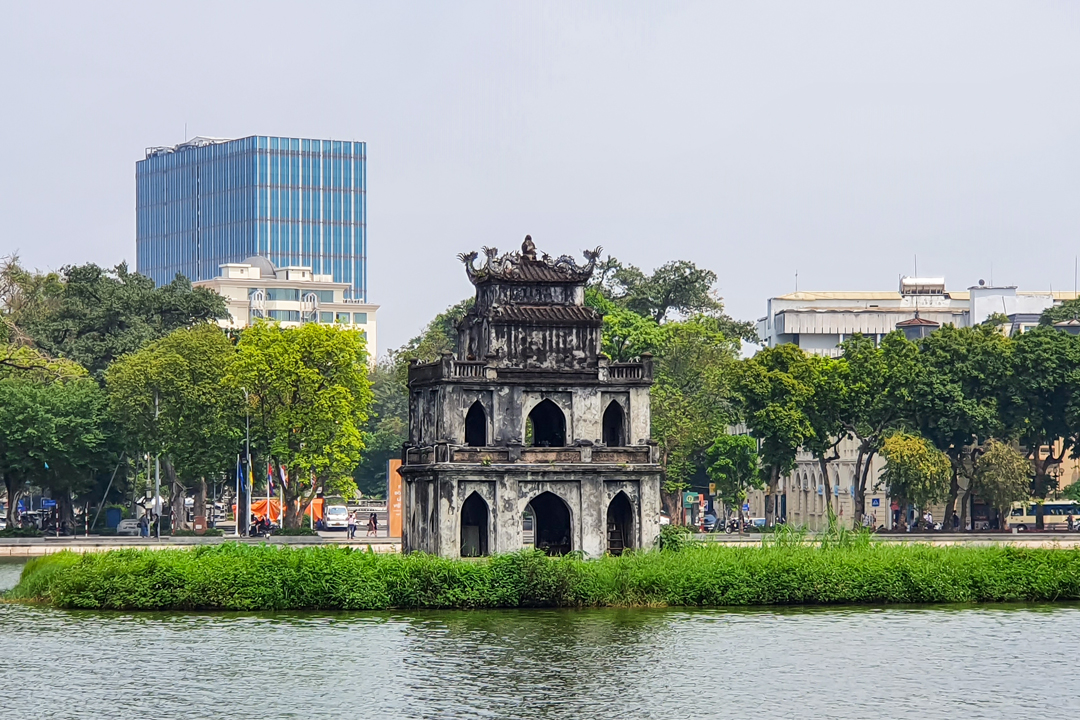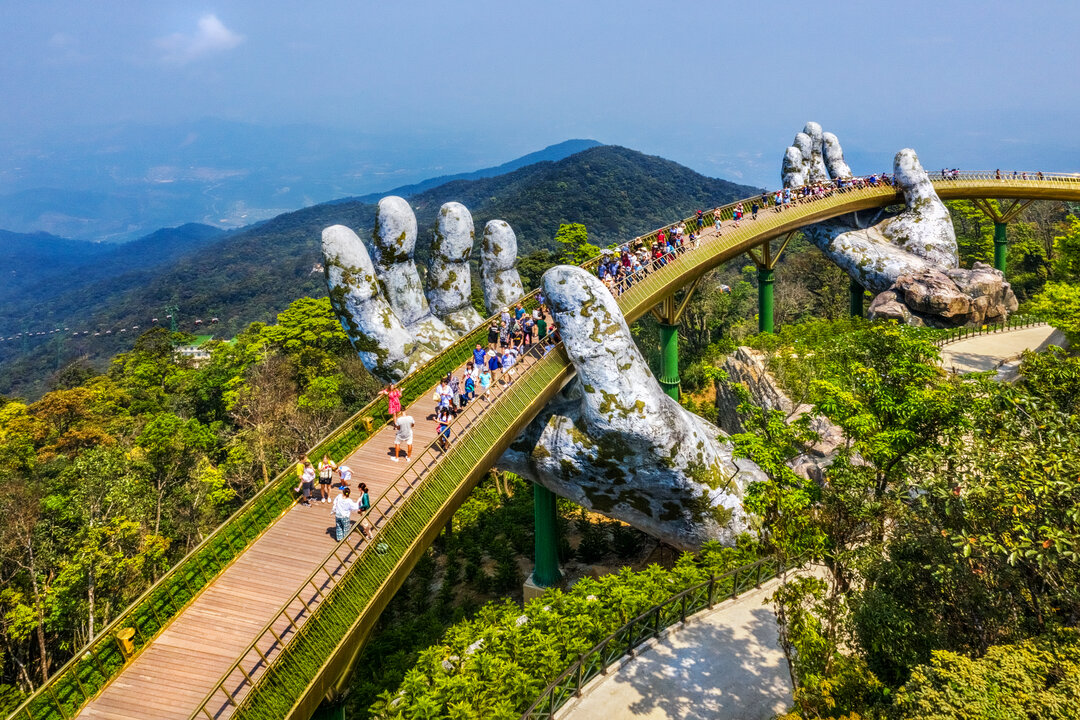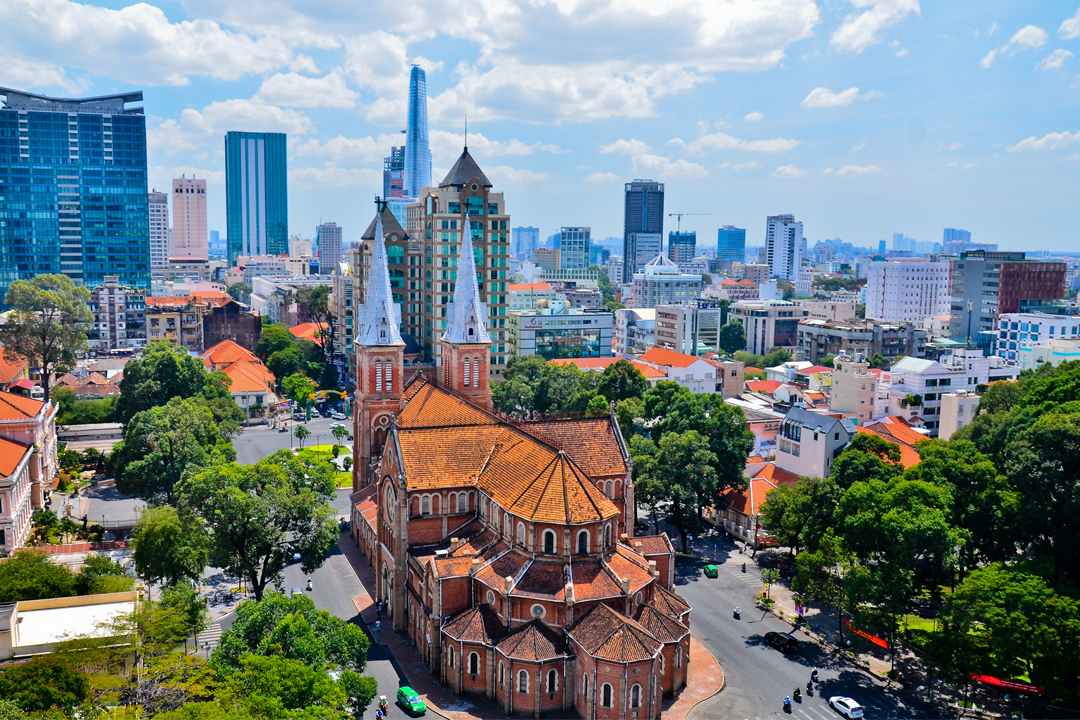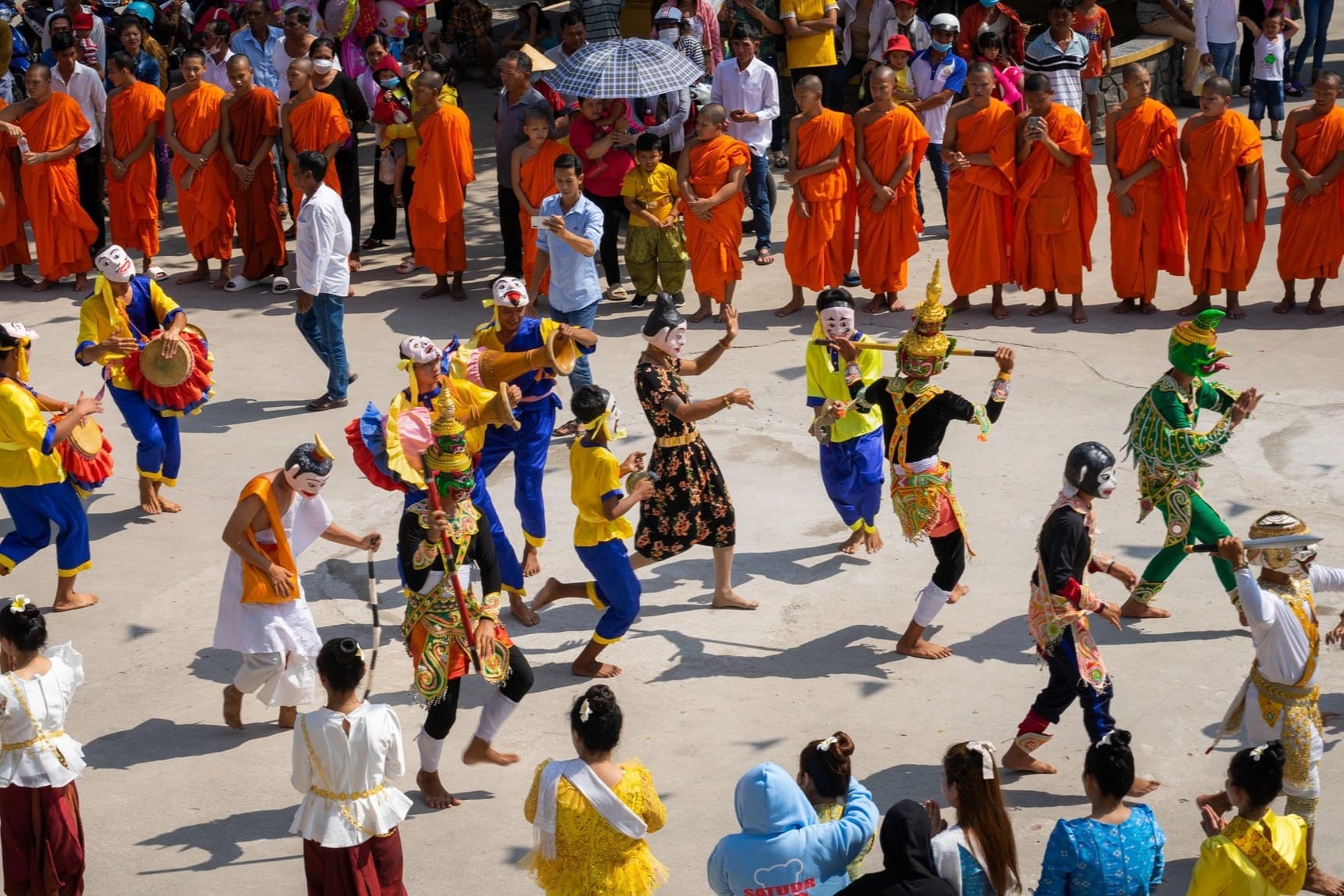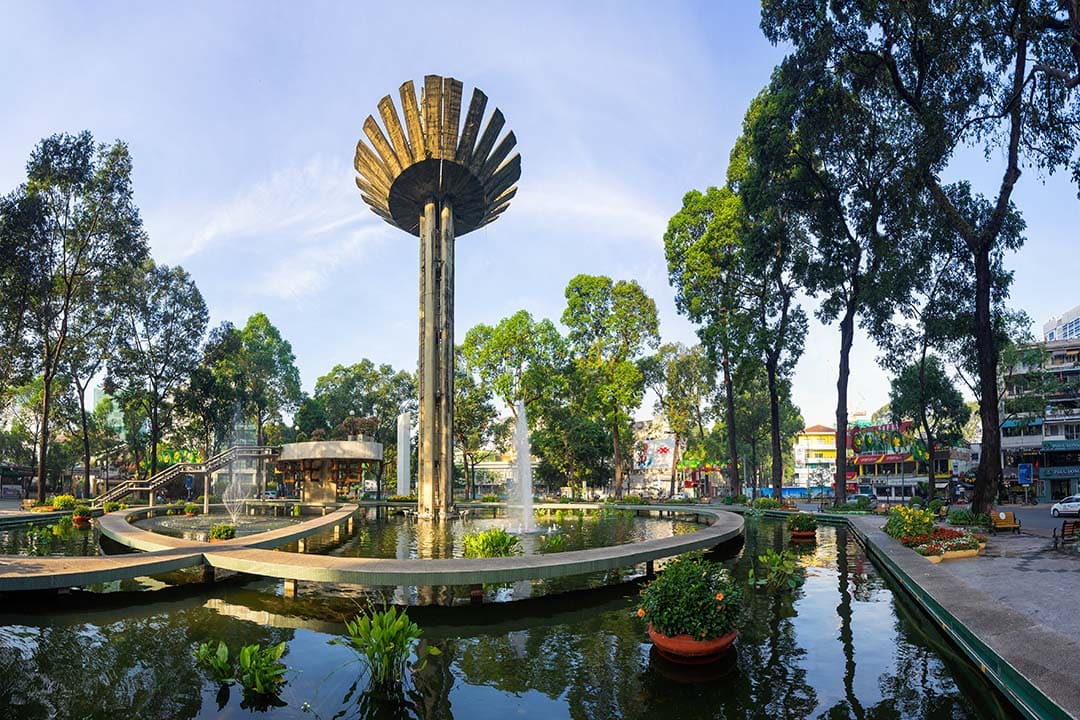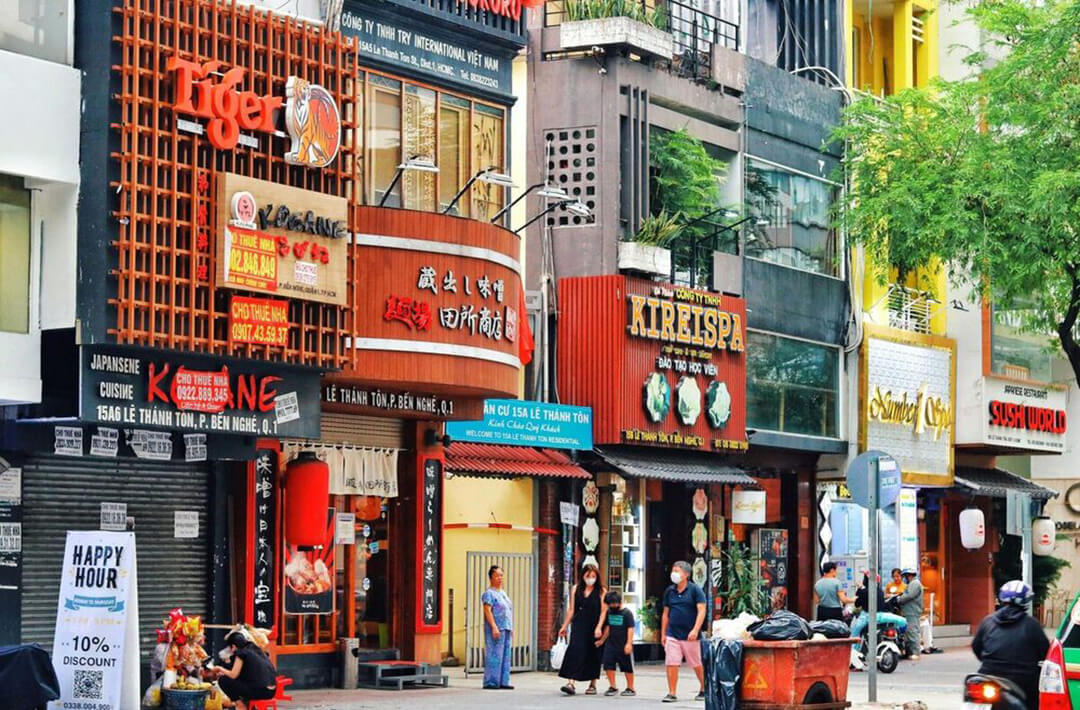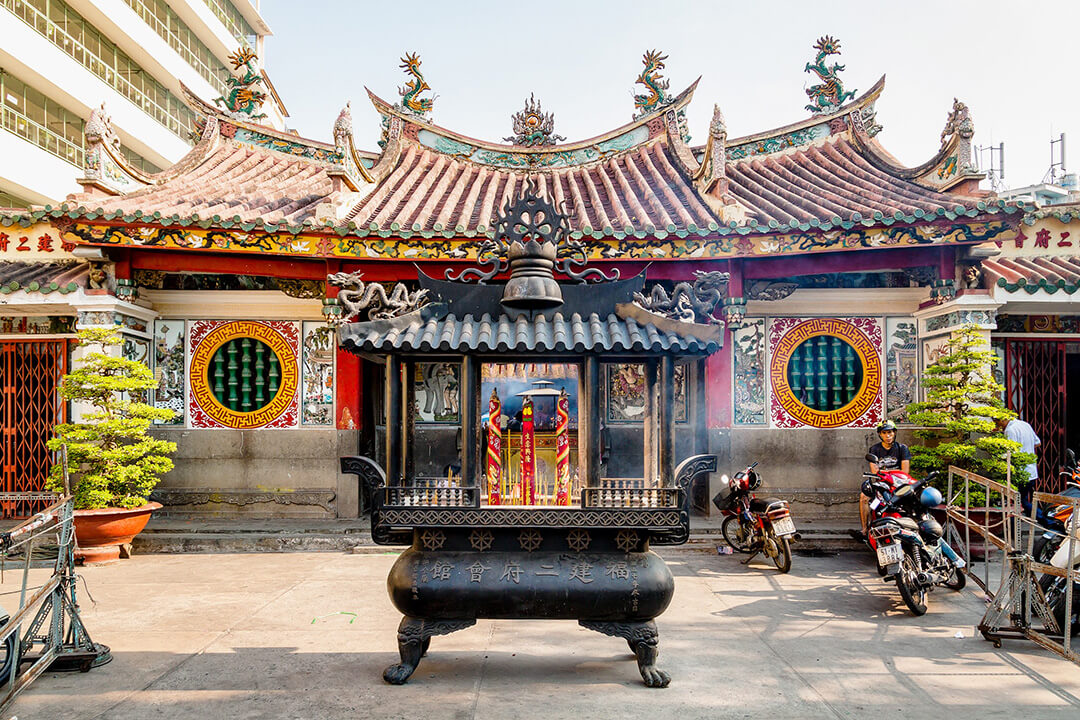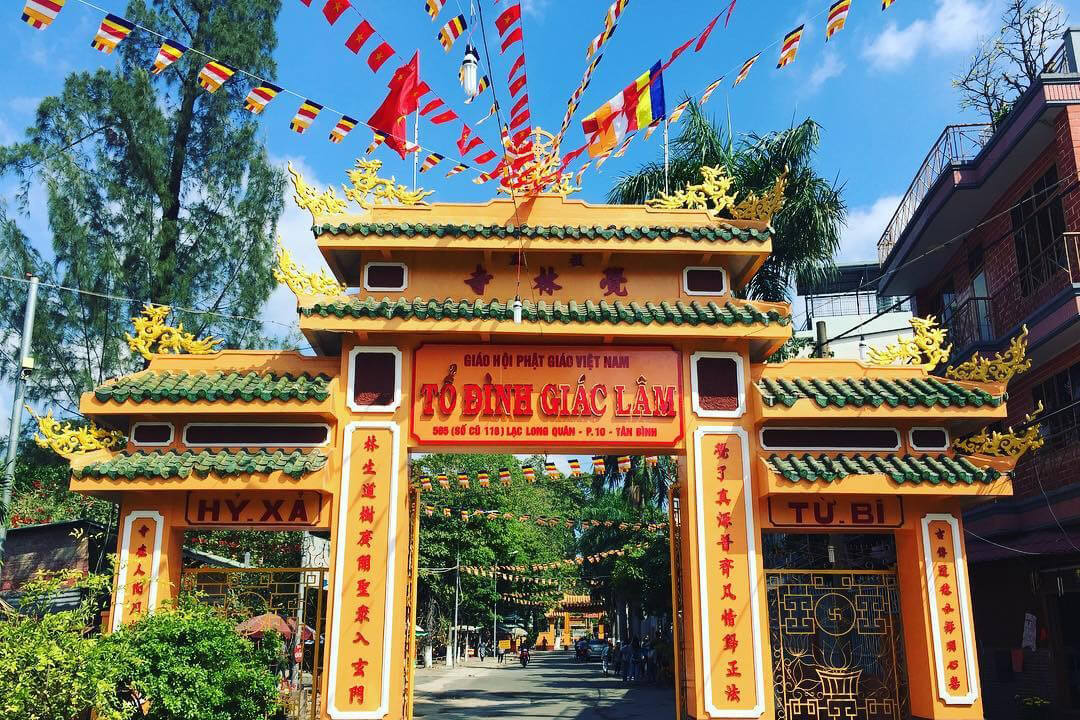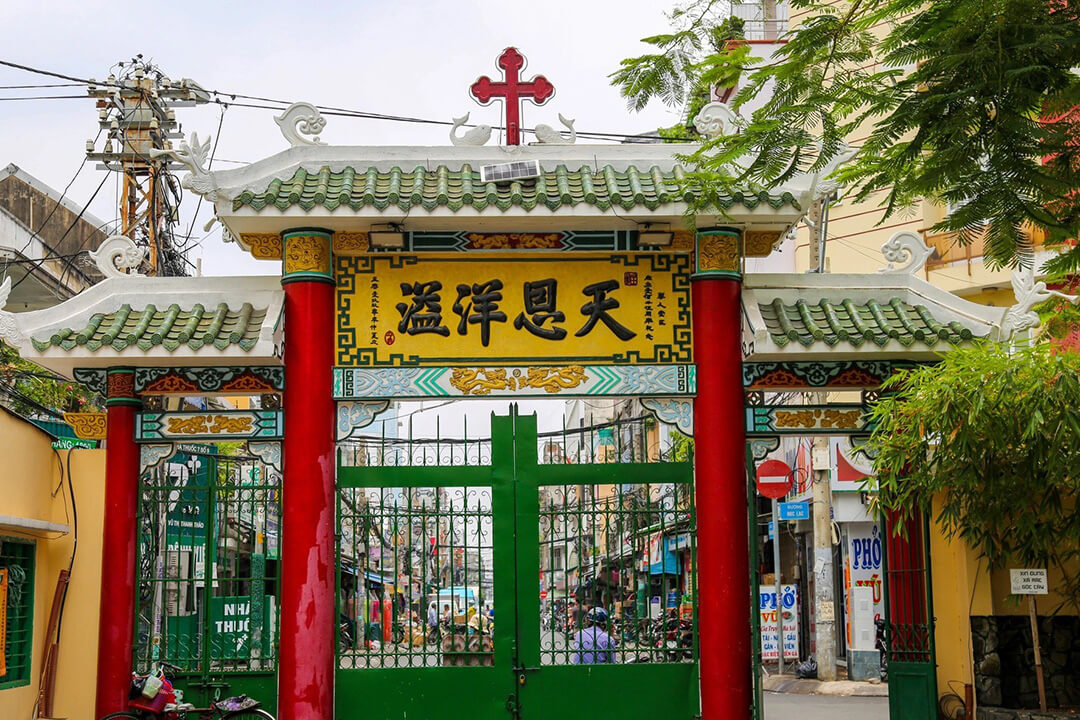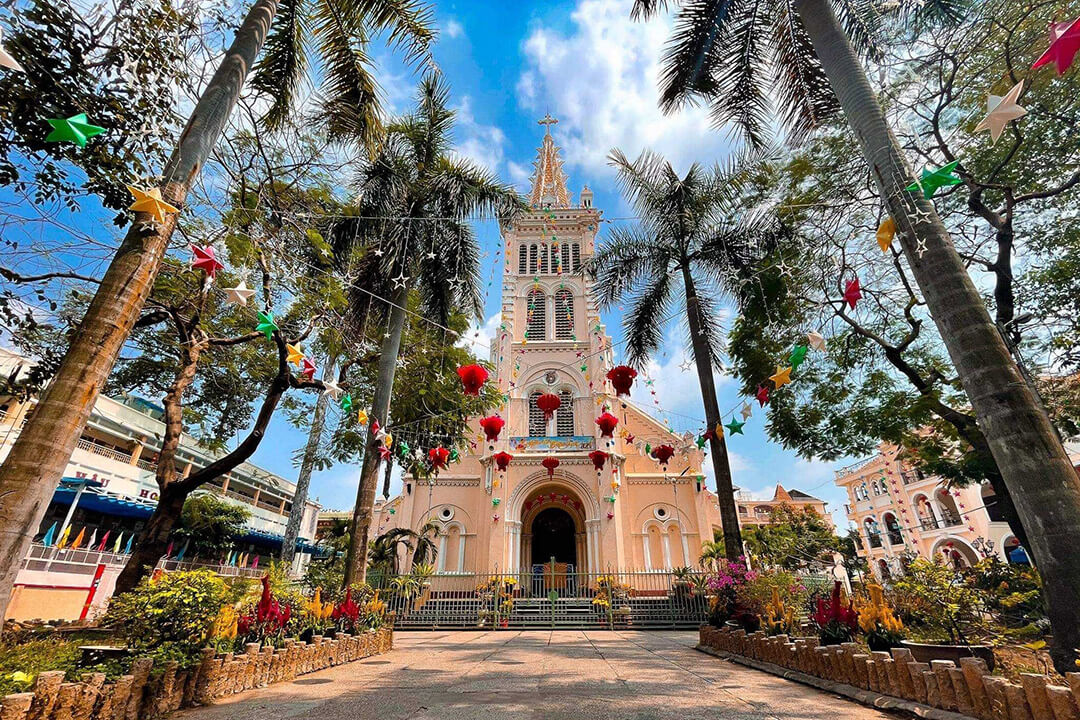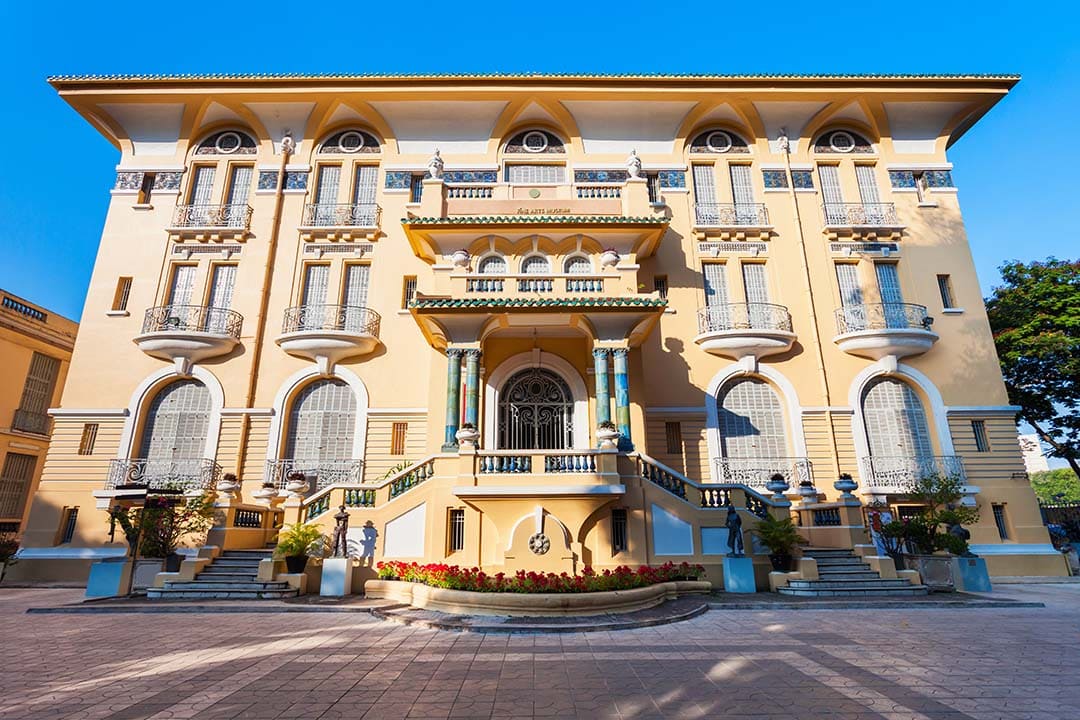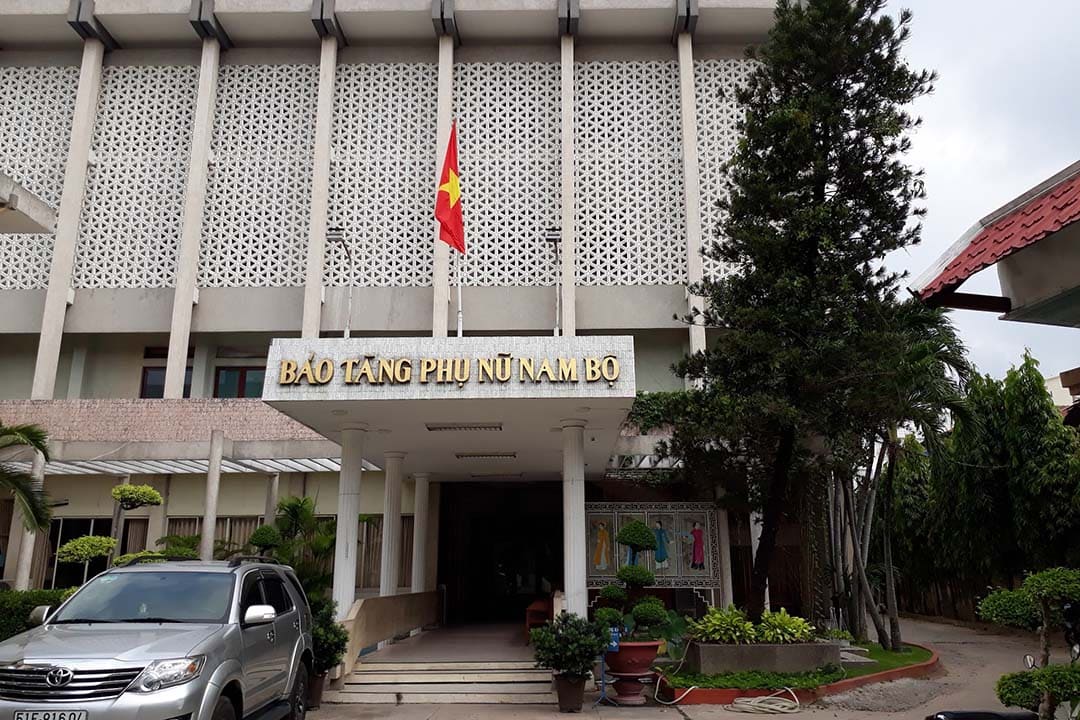Nov - 03 - 2025
The Ho Chi Minh Campaign Museum is a must-visit historical site in Ho Chi Minh City. It showcases the decisive military operation that ended the Vietnam War and reunited the nation. Smaller but deeply focused, it features authentic artifacts, powerful exhibits, and large-scale military relics that bring Vietnam’s modern history to life. In this complete guide by GTrip, you’ll find everything you need to plan your visit to Ho Chi Minh Campaign Museum.
Overview of the Ho Chi Minh Campaign Museum
- Address: 2 Le Duan Street, Saigon Ward (Ben Nghe Ward, District 1), Ho Chi Minh City
- Opening hours:
- Tuesday to Saturday: 7:30 AM - 11:00 AM & 1:30 PM - 4:30 PM
- Sundays, Mondays, and public holidays: Closed
- Entrance fee: Free
The Ho Chi Minh Campaign Museum is a military museum operated by the 7th Military Region of the People's Army of Vietnam. It is conveniently located in the heart of Sai Gon Ward, making it an easy addition to any sightseeing itinerary. The museum commemorates the 1975 Spring Offensive, known as the Ho Chi Minh Campaign, which culminated in the fall of Saigon. Below are the essential details you'll need for your visit.

The Ho Chi Minh Campaign Museum, managed by the 7th Military Region, commemorates the 1975 Spring Offensive that led to the fall of Saigon
History and establishment of the museum
To truly appreciate the Ho Chi Minh Campaign Museum, it’s crucial to understand the monumental event it commemorates. The Ho Chi Minh Campaign, launched in the spring of 1975, was the final, decisive series of military operations by the North Vietnamese Army (PAVN) and the Viet Cong. This large-scale offensive swept through the southern provinces, culminating on April 30, 1975, when PAVN tanks famously crashed through the gates of the Independence Palace in Saigon. This marked the end of the Vietnam War and paving the way for the reunification of North and South Vietnam.
The museum was officially established to preserve and display the artifacts, documents, and stories from this pivotal campaign. It opened its doors to the public to ensure that the strategic planning, military successes, and sacrifices made during this period would not be forgotten. Governed by Military Zone 7, the museum serves as an educational institution and a tribute to the soldiers and leaders, including the campaign’s commander, General Van Tien Dung. As your trusted Vietnam travel experts, GTrip believes this museum offers an unparalleled, focused perspective that complements the broader narratives found in other historical sites around the city.
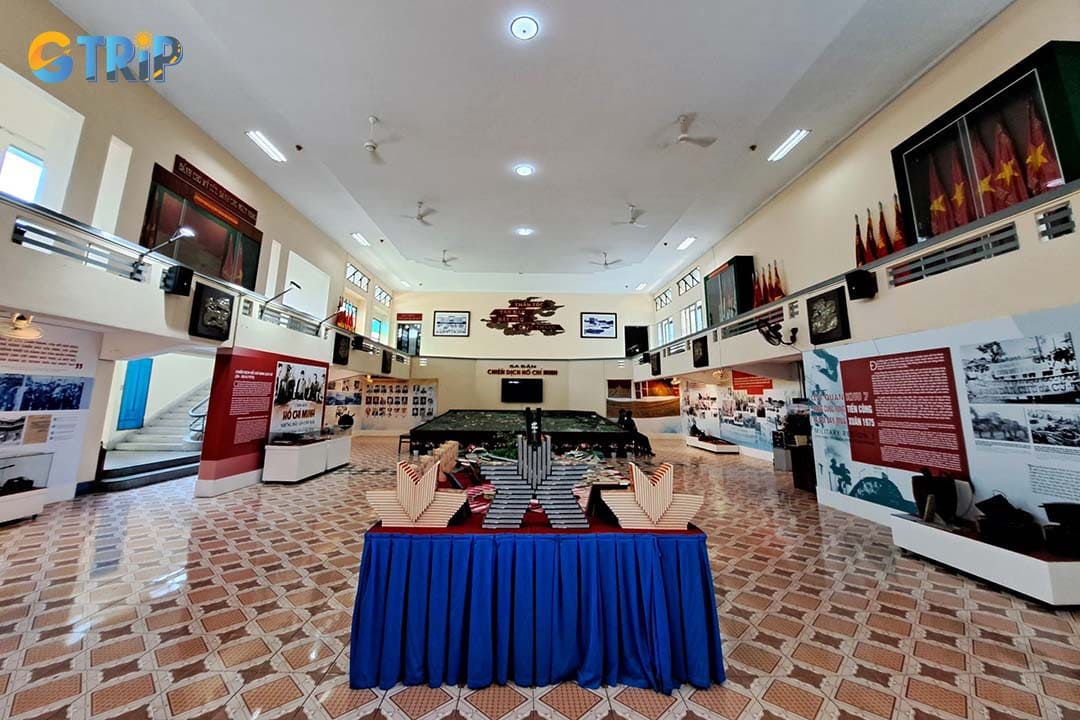
The Ho Chi Minh Campaign Museum preserves artifacts, documents, and stories that celebrate the strategic brilliance, sacrifices, and ultimate victory
Top exhibits to explore at the Ho Chi Minh Campaign Museum
The museum's collection is thoughtfully divided between outdoor and indoor spaces, each offering a distinct but connected experience. Here at GTrip, we recommend starting with the impressive outdoor display before heading inside to follow the campaign's chronological and thematic narrative.
Outdoor exhibition area
As you approach the museum, the first thing you'll encounter is a formidable collection of large-scale military hardware arranged in the front courtyard. This outdoor exhibition immediately grounds your visit in the physical reality of 20th-century warfare. Here, you can stand beside the very machines that shaped the course of history. Highlights include a Soviet-made T-54 tank, the same model that famously broke through the gates of the Independence Palace, symbolizing the end of the war.
You will also find an array of other authentic war-era vehicles. These include anti-aircraft guns, powerful artillery pieces, armored personnel carriers, and remnants of downed aircraft. Unlike exhibits behind glass, these weathered relics bear the marks of time and conflict. Walking among these steel giants offers a tangible sense of their scale and power, providing a dramatic and sobering introduction to the stories that await you inside.
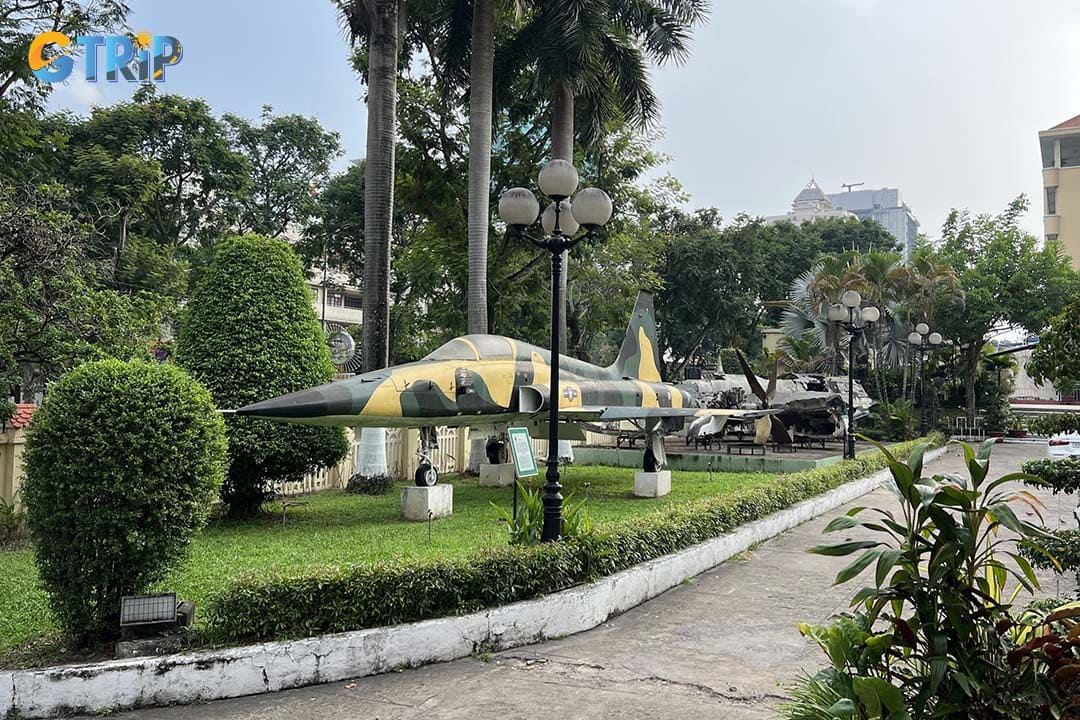
At the museum entrance, an impressive outdoor display of military hardware sets the tone for your visit
Indoor exhibition area
Stepping inside, you'll discover a well-organized exhibition space spread across two floors. The indoor area is meticulously curated to tell the comprehensive story of the Ho Chi Minh Campaign such as its strategic conception and its triumphant conclusion. The exhibits are laid out thematically, guiding visitors through the different phases of the operation. You’ll find detailed sections dedicated to the political context, the strategic planning sessions of the Politburo, the logistical marvel of the Ho Chi Minh Trail, and breakdowns of key battles like the capture of Buon Ma Thuot and Xuan Loc.
The museum makes excellent use of visual aids to bring these events to life. Intricate dioramas and scale models recreate crucial battlefields and strategic movements with remarkable detail, helping visitors visualize the complex military maneuvers. Large maps, diagrams, and a clear chronological flow ensure the narrative is easy to follow, even for those unfamiliar with the specifics of the campaign. GTrip finds this clear storytelling particularly helpful in making dense military history accessible and engaging for all visitors.

Inside, the two-story exhibition is thoughtfully curated to trace the Ho Chi Minh Campaign
Historical artifacts, photos, and documents
While the large vehicles and strategic maps tell the grand story, it's the smaller, more personal artifacts that reveal the human experience of the war. This part of the collection is arguably the most poignant. Display cases are filled with the personal belongings of the soldiers who fought in the campaign: worn uniforms, simple canteens, handwritten letters sent home to loved ones, and rudimentary tools used in the jungle. These items provide a powerful, intimate connection to the individuals behind the historical event.
Complementing these artifacts are hundreds of original documents and compelling black-and-white photographs. You can view official military communiques, revolutionary newspapers printed during the offensive, and hand-drawn strategic maps marked with notes from commanders. The photo collection is particularly moving, capturing everything from high-level strategic meetings to candid moments of soldiers at rest, the intensity of battle, and the jubilant scenes in Saigon on Liberation Day. These primary sources are invaluable, offering an unfiltered glimpse into the realities of the campaign.
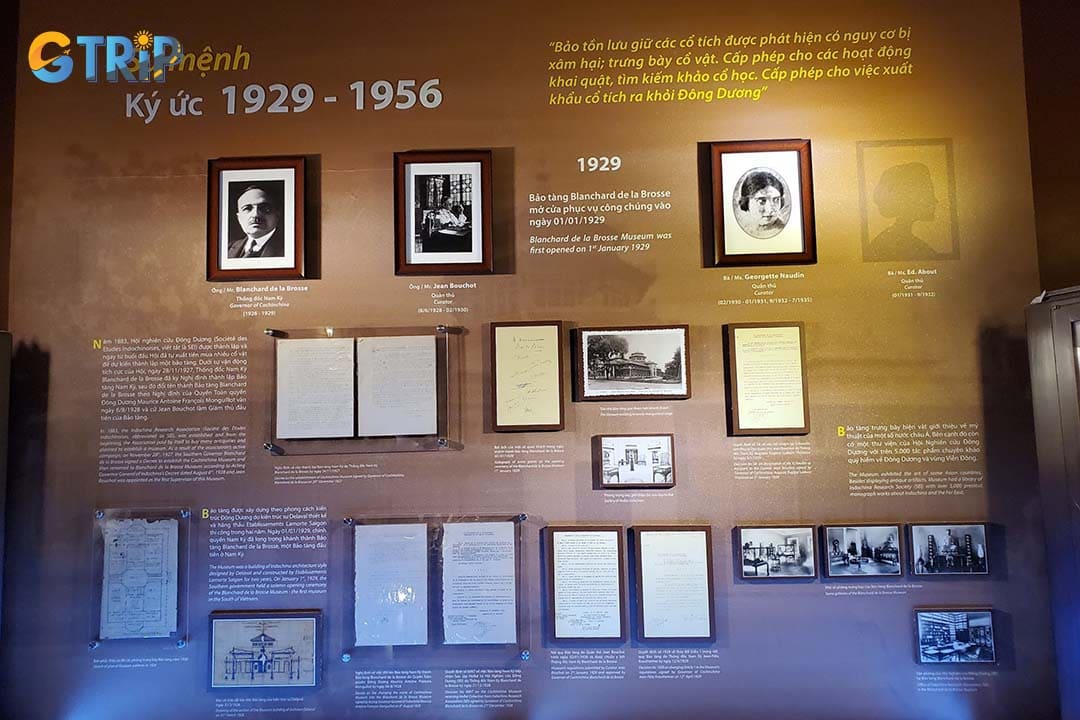
Beyond the grand displays of tanks and maps, the museum’s most moving section lies in its personal artifacts and documents
National treasures on display
The centerpiece and most significant attraction within the Ho Chi Minh Campaign Museum is its officially recognized "National Treasures". These are artifacts deemed to have exceptional historical and cultural importance to the nation. Seeing them is a rare privilege and a highlight of any visit. The most famous of these is the original, hand-drawn map of the "Operational Plan for the Ho Chi Minh Campaign". It is the very map used by General Van Tien Dung and the high command to orchestrate the final push on Saigon. The map’s markings, notes, and strategic arrows represent the culmination of decades of conflict and planning.
Another designated National Treasure housed here is the teleprinter used to transmit the unconditional surrender order from President Duong Van Minh. This device relayed the historic message that officially ended the war, preventing further bloodshed in Saigon. To stand before these two artifacts, one representing the plan of attack and the other confirming its success, is to be in the presence of history itself. For anyone guided by GTrip on a historical tour of Ho Chi Minh City, we emphasize that seeing these treasures is an unmissable experience.
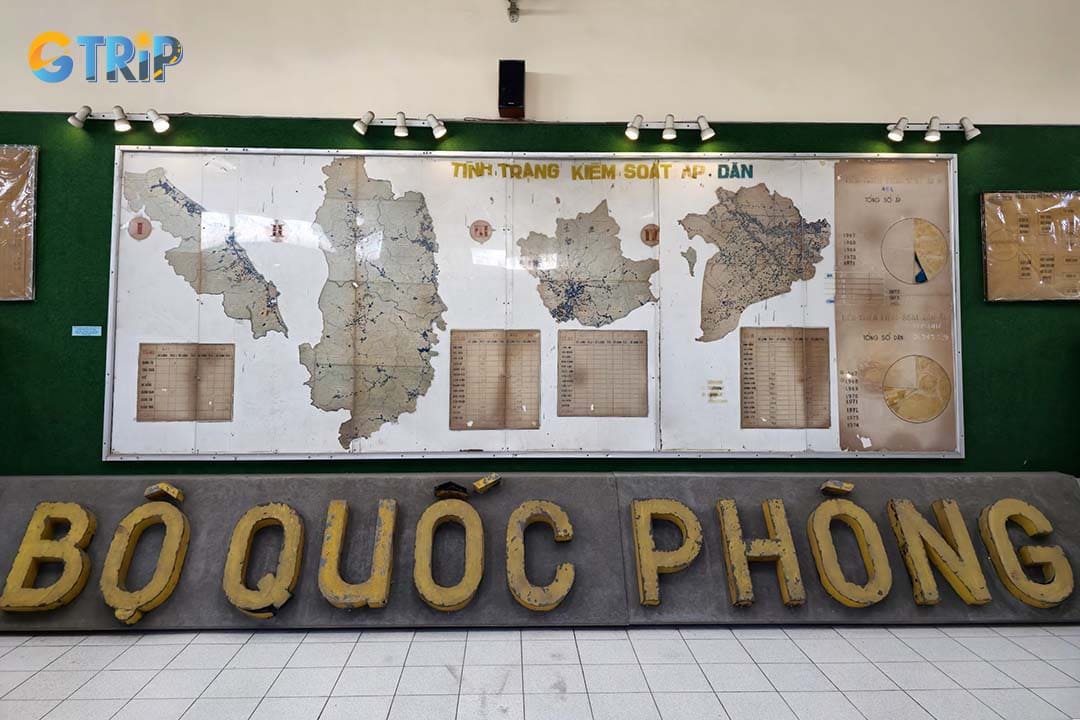
The highlight of the Ho Chi Minh Campaign Museum is its collection of officially designated "National Treasures"
How to get to the Ho Chi Minh Campaign Museum
The museum's prime location in Sai Gon Ward makes it easily accessible from most tourist areas in Ho Chi Minh City. As your travel partner, GTrip offers these simple transportation options:
- By taxi/ride-hailing app: The most convenient way to get to the museum is by using a ride-hailing app like Grab or XanhSM. Simply enter "Ho Chi Minh Campaign Museum" or the address "2 Le Duan" as your destination. The fare from most parts of Sai Gon Ward is very affordable.
- By bus: For a local experience, several public bus routes stop near the museum. Look for routes that pass by the Notre Dame Cathedral or the Independence Palace, as the museum is a short walk from there. Bus numbers 03, 06, 14, and 45 are among those that have convenient stops.
- By motorbike: If you are comfortable navigating the city's traffic, renting a motorbike is a popular option. There is usually paid parking available in lots near the museum or a short walk away.
- On foot: The museum is within easy walking distance of several other major landmarks. It’s located directly across from the Saigon Zoo and Botanical Gardens and is just a few hundred meters from the History Museum of Ho Chi Minh City.
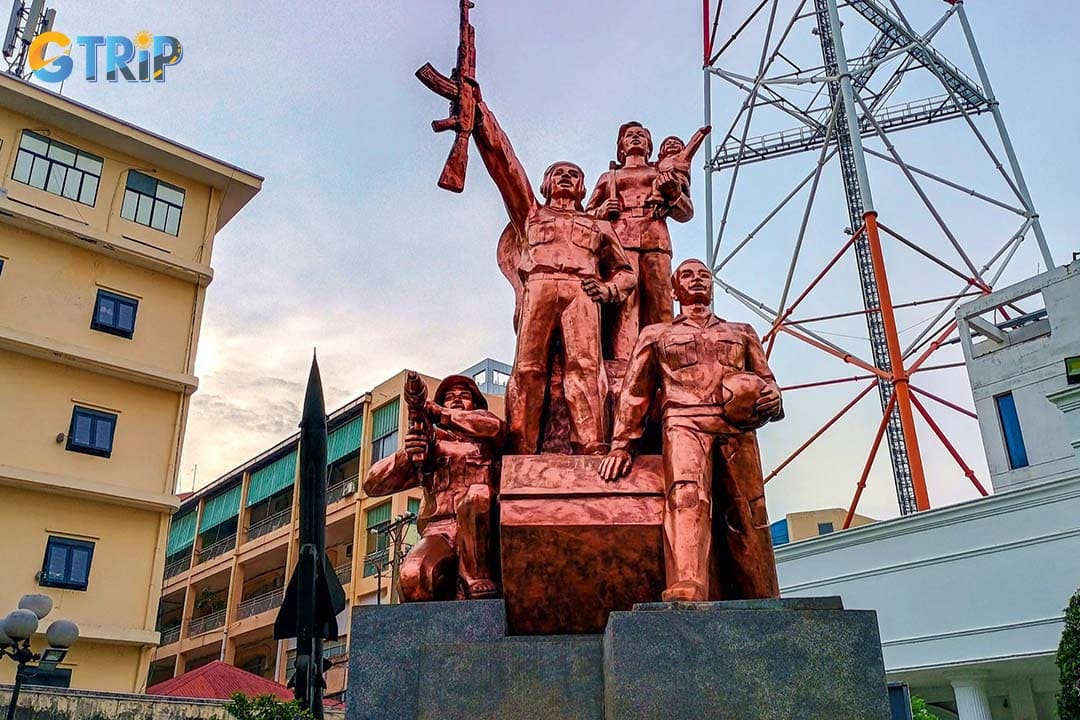
The museum’s location is easily accessible
Nearby attractions to the Ho Chi Minh Campaign Museum
One of the best aspects of visiting the Ho Chi Minh Campaign Museum is its proximity to other fantastic attractions. GTrip recommends planning your day to include a few of these nearby spots for a rich and efficient sightseeing experience.
- History Museum of Ho Chi Minh City (about 300m away): Located right next door, this museum offers a broader survey of Vietnamese history. Its beautiful Sino-French architecture is an attraction in itself.
- Ho Chi Minh City Book Street (about 900m away): A short stroll away, this charming, tree-lined pedestrian street is a haven for book lovers. It's the perfect place to relax with a coffee from one of the many cafes after your museum visit.
- Independence Palace (about 1.3km away): This is the historic site where the Ho Chi Minh Campaign concluded. Visiting the palace after the museum provides powerful context, as you can see the very spot where the tanks crashed through the gates.
- Ho Chi Minh City Museum (about 1.7km away): Housed in a stunning neoclassical building, this museum focuses on the history and development of Saigon/Ho Chi Minh City itself. It covers the city’s cultures, trade, and revolutionary struggles.
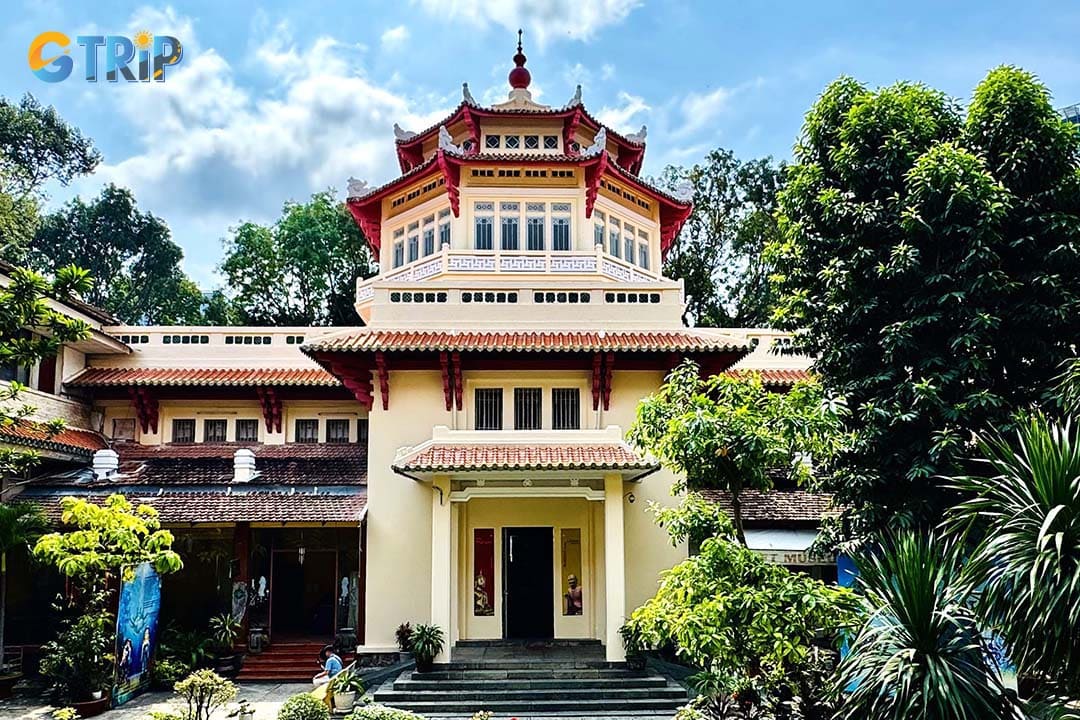
You can visit the History Museum of Ho Chi Minh City because it is the nearest and also a good attraction to explore
Practical tips for visitors
To ensure your visit is smooth, respectful, and enjoyable, keep these GTrip-approved tips in mind:
- Dress code: Although not as strict as a religious site, this is a place of national historical importance. We advise dressing respectfully by covering your shoulders and knees. This shows consideration for the museum's commemorative purpose.
- Best time to visit: To avoid the midday heat and potential tour groups, the best time to visit is on a weekday morning shortly after it opens. The museum also closes for a two-and-a-half-hour lunch break, so plan accordingly.
- Photography: Photography is generally permitted, but using a flash may be restricted in some indoor areas to protect delicate documents and artifacts. Always be mindful of other visitors when taking photos.
- Time allotment: Plan to spend at least 1 to 1.5 hours here to fully appreciate both the outdoor and indoor exhibits without rushing. History buffs may want to allow up to 2 hours.
- Combine your visit: As mentioned, the museum is close to many other key sites. A great plan is to visit the Ho Chi Minh Campaign Museum and the adjacent History Museum in the morning. Then you can walk to the Independence Palace in the afternoon for a full day immersed in Vietnamese history.
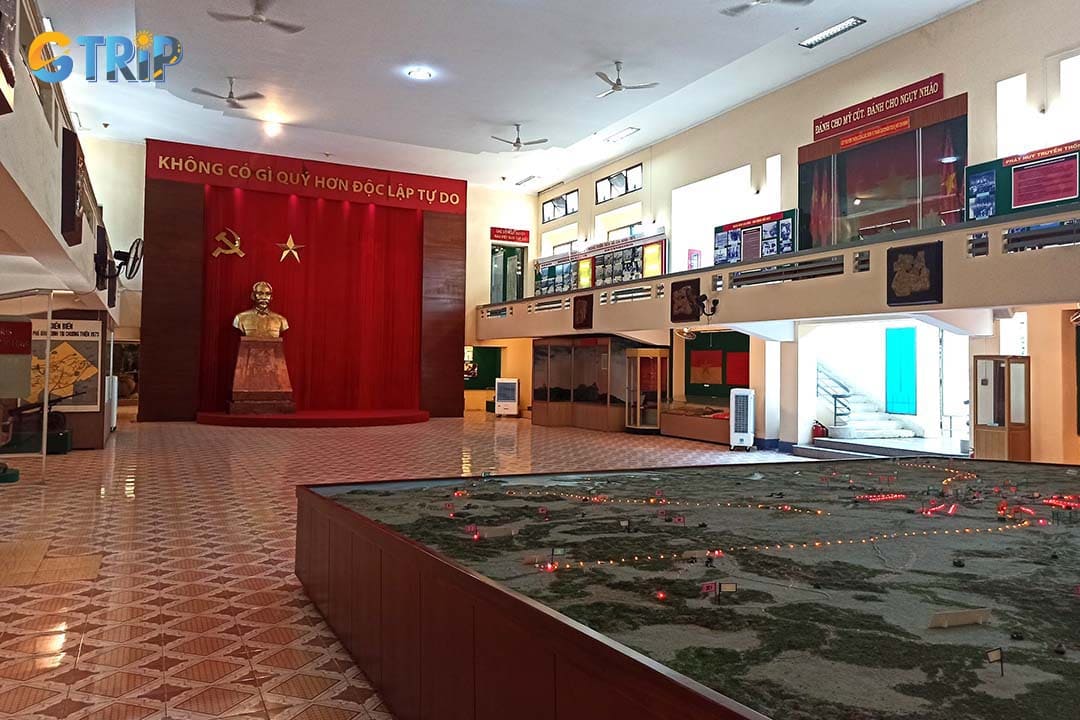
Visit the museum on weekday morning to have the best time here
The Ho Chi Minh Campaign Museum offers a powerful and focused insight into Vietnam’s reunification. It features authentic military artifacts, personal relics, and wartime treasures that vividly tell the story of the nation’s most decisive moment. It’s one of the most meaningful and free attractions in Ho Chi Minh City for anyone passionate about history. Include it in your Vietnam tour package with GTrip to explore a landmark that reflects the courage, strategy, and enduring spirit of the Vietnamese people.

